No single food, not even a superfood, can provide all the nutrients, health benefits, and vitality we require to sustain life. The 2015–2023 Guidelines for Americans recommend healthy eating patterns that “combine healthy choices from across all food groups — with calorie limits in mind.”
Over time, research has demonstrated that healthful dietary patterns can reduce the risk of hypertension, heart disease, diabetes, and certain cancers. Dietary patterns that are predominantly plant-based, such as the Dietary Approaches to Stop Hypertension) diet and the Mediterranean diet, have demonstrated significant health benefits and chronic disease reduction.
Despite this, there are a few different cuisines that stand out as particularly deserving of praise. These so-called “superfoods” are packed with important nutrients that, when added to meals and snacks, can significantly improve their overall nutritional value and serve as a supplement to a healthy diet.
The list of superfoods
Berries are naturally delicious and rich in antioxidants and disease-fighting nutrients, in addition to being high in fiber.
When berries are not in season, they are just as nutritious when purchased frozen. Add to yogurt, cereal, and smoothies, or consume as a nibble on its own.
There is no such thing as a minor injury…
Strokes are the fifth leading cause of mortality and a significant cause of disability in the United States. Experts from School will teach you how to calculate your risk of having a stroke, how to recognize the early symptoms of a stroke, and how to obtain brain-saving treatment as quickly as possible.
1. Fish
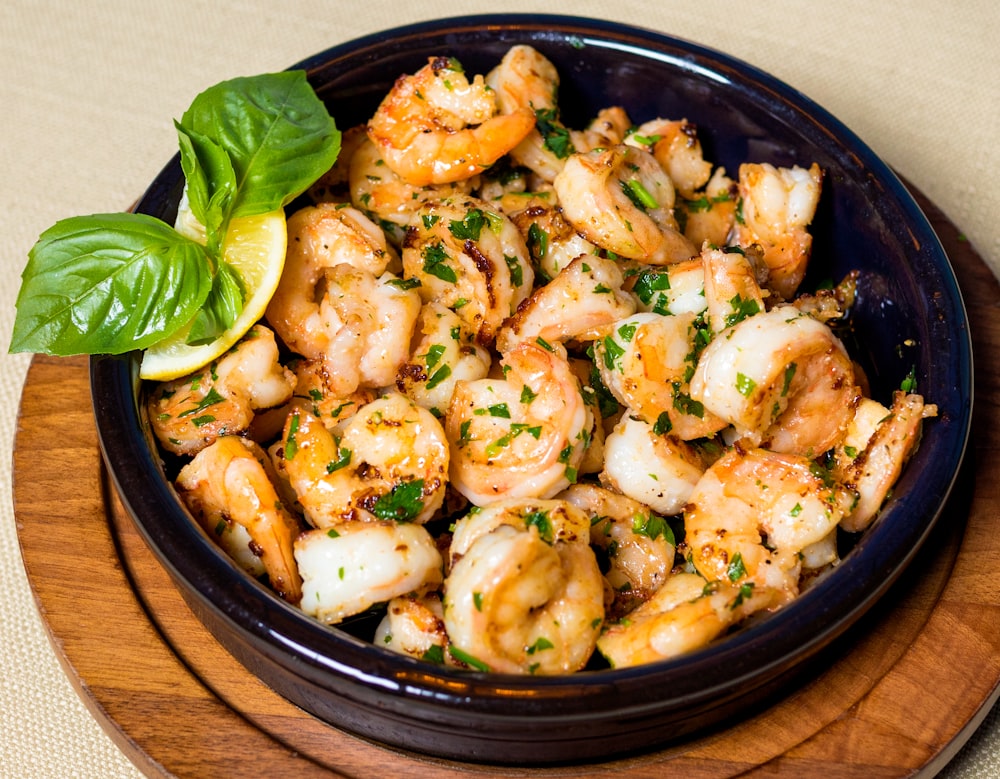
Fish is an excellent source of protein as well as omega-3 fatty acids, both of which contribute to a lower risk of developing cardiovascular disease. The risk of getting cardiovascular disease can be reduced by eating fish.
Fish is an excellent source of protein as well as omega-3 fatty acids, both of which contribute to a lower risk of developing cardiovascular disease. The risk of getting cardiovascular disease can be reduced by eating fish.
2. Dark, leafy greens
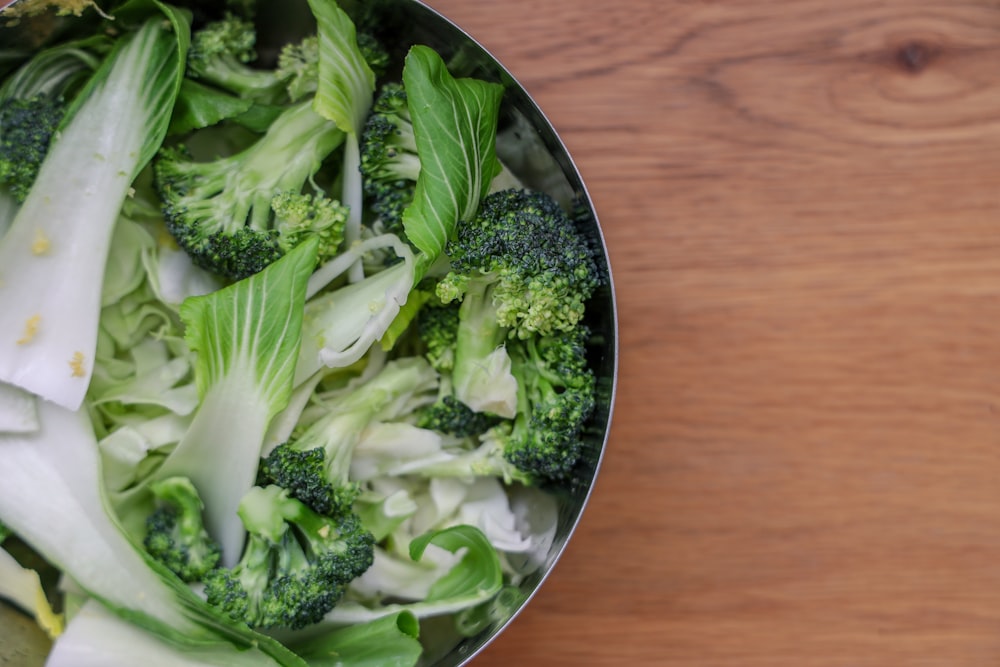
Greens that are dark and leafy are a wonderful source of vitamin A, vitamin C, and calcium, in addition to phytochemicals, which are compounds that are created by plants that are helpful to your health and that are produced by the plants themselves. In addition, they increase the amount of fiber in the diet.
Greens that are dark and leafy are an excellent source of vitamin A, vitamin C, and calcium, in addition to phytochemicals, which are molecules that are made by plants that are beneficial to your health and that are produced by the plants themselves. Phytochemicals are found in foods that are dark and leafy in color. In addition to this, they raise the total quantity of fiber that is consumed in a day.
3. Nuts
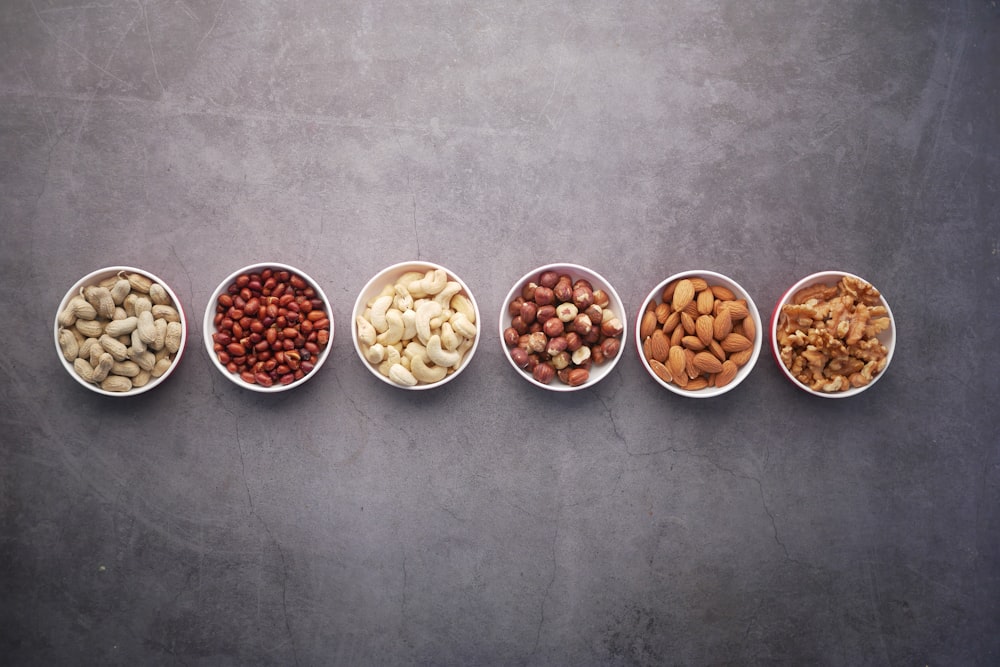
Nuts are an excellent source of protein that originates from plants. Some examples of nuts include walnuts, almonds, and pecans, among others. In addition to this, they contain monounsaturated lipids, the presence of which has been demonstrated to reduce the likelihood of developing cardiovascular disease.
How to incorporate the following: You can eat it as a snack on its own or mix it into oatmeal or yogurt. However, keep in mind that they have a high-calorie density, so you should only consume a modest amount of them. You should also try almond butter, cashew butter, and peanut butter, all of which are technically legumes. Nuts are another fantastic ingredient to include in cooked vegetables as well as salads.
4. Olive oil

Olive oil is loaded with heart-healthy nutrients including vitamin E, monounsaturated fatty acids, and polyphenols, all of which work together to lower the likelihood of developing cardiovascular disease.
How to work it into your routine: In rice and pasta dishes, substitute olive oil for butter or margarine. Sauté veggies in it, drizzle it over vegetables or use it as a dressing.
Whole cereals
The soluble and insoluble fibers, as well as the B vitamins, minerals, and phytonutrients, that may be found in whole cereals, are some of the best sources of these important nutrients. They have been shown to lower cholesterol levels and protect against cardiovascular disease as well as diabetes.
How to incorporate: Consider having porridge for breakfast. Replace baked potatoes with bulgur, quinoa, wheat berries, or brown rice. When purchasing bread, check that the first constituent is “100% whole wheat flour.”
Yogurt
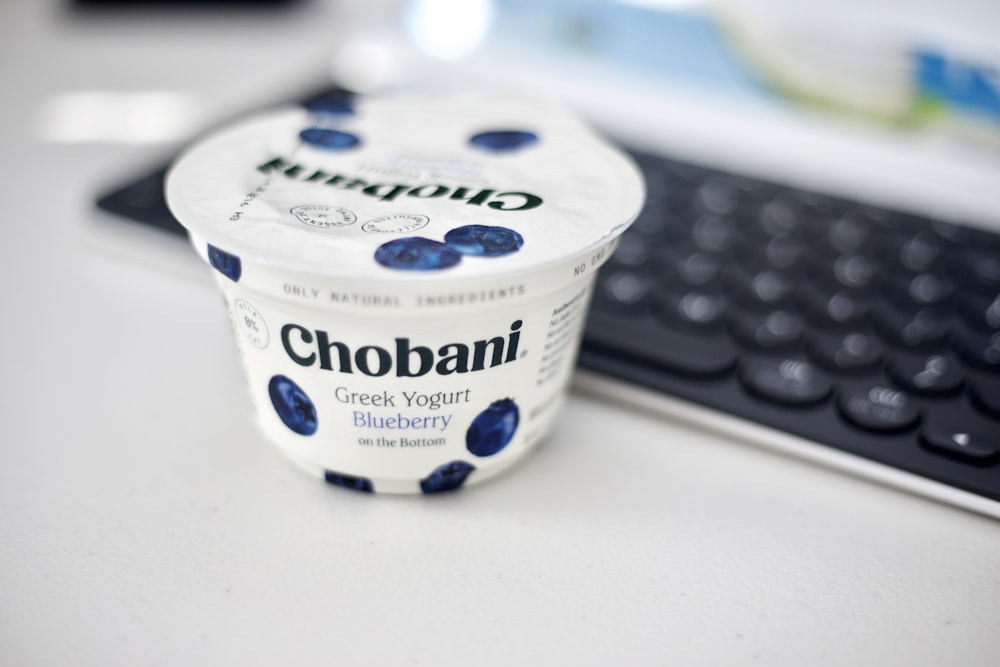
Yogurt is an excellent source of calcium and protein, and it also contains probiotic cultures known as live cultures. These “good bacteria” can defend the body against more dangerous bacteria.
How to incorporate it: If you want to get more of it into your diet, try eating more yogurt, but stay away from fruited and flavored yogurts because they have a lot of added sugar. You should buy plain yogurt and add your own fruit. Keep an eye out for yogurts that boast “live active cultures” such as acidophilus, L. bulgaricus, and S. thermophilus. In recipes for dips and sauces, yogurt is a versatile ingredient that can stand in for mayonnaise or sour cream.
Cruciferous veggies. Broccoli, Brussels sprouts, cabbage, cauliflower, collard greens, kale, kohlrabi, mustard greens, radishes, and turnips are all examples of vegetables that fall under this group. They are a rich source of fiber, vitamins, and phytochemicals like indoles, thiocyanates, and nitriles, all of which have the potential to ward off certain forms of cancer.
How to incorporate the items listed below: Cooking vegetables by steaming or stir-frying them with healthy oils, herbs, and seasonings is an excellent way to prepare vegetables in a manner that is beneficial to one’s health. You may try adding a frozen cruciferous vegetable medley to your soups, casseroles, or pasta dishes in order to give them a more interesting flavor.
Legumes
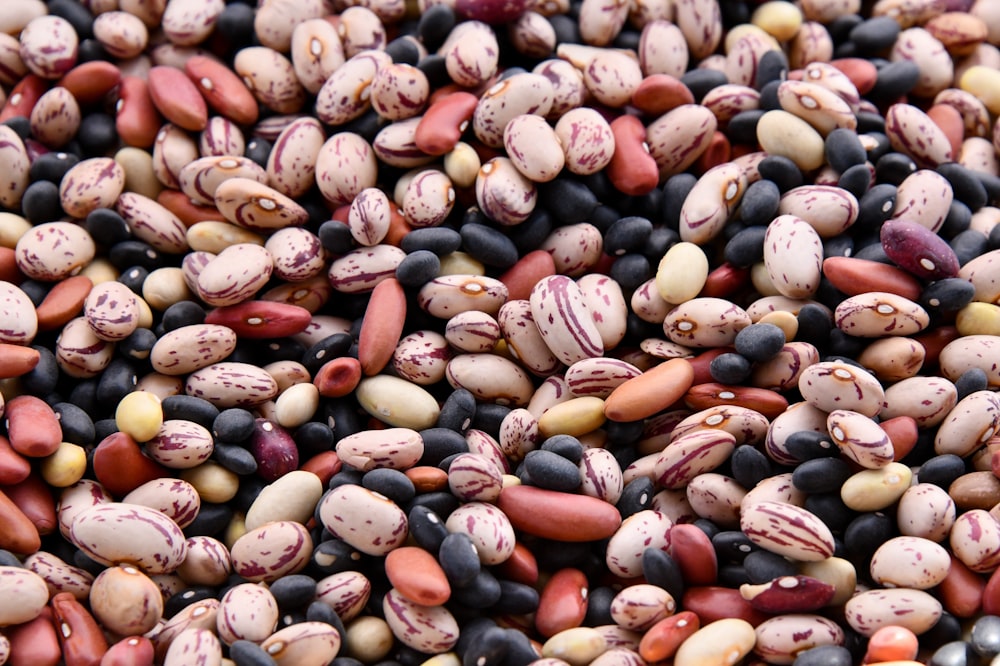
This broad category includes kidney, black, red, and garbanzo beans, as well as soybeans and peas. Legumes are an excellent source of fiber, folate, and plant-based protein. Studies show they can help reduce the risk of heart disease.
Incorporation instructions: Include dishes such as salads, soups, and casseroles. Cook up some chili or a spread that features beans, like hummus.
Tomatoes. These are high in vitamin C and lycopene, which have been shown to reduce the risk of prostate cancer.
One way to incorporate them into your diet is to use tomatoes in a salad or as a tomato sauce on pasta. You may even use them in stews, soups, or even chili. When tomatoes are prepared and heated in a healthy fat such as olive oil, the antioxidant lycopene becomes more readily available for your body to use.
| Homepage | Click Here |
| Best Healthy Foods To Enjoy in Moderation | Click Here |

